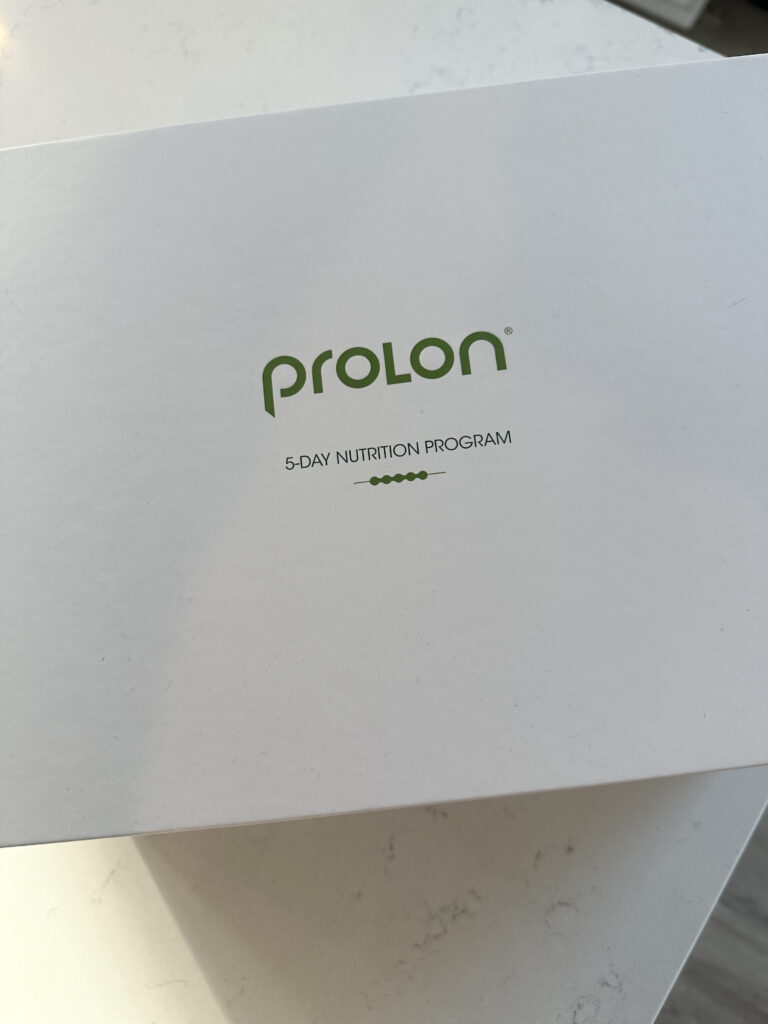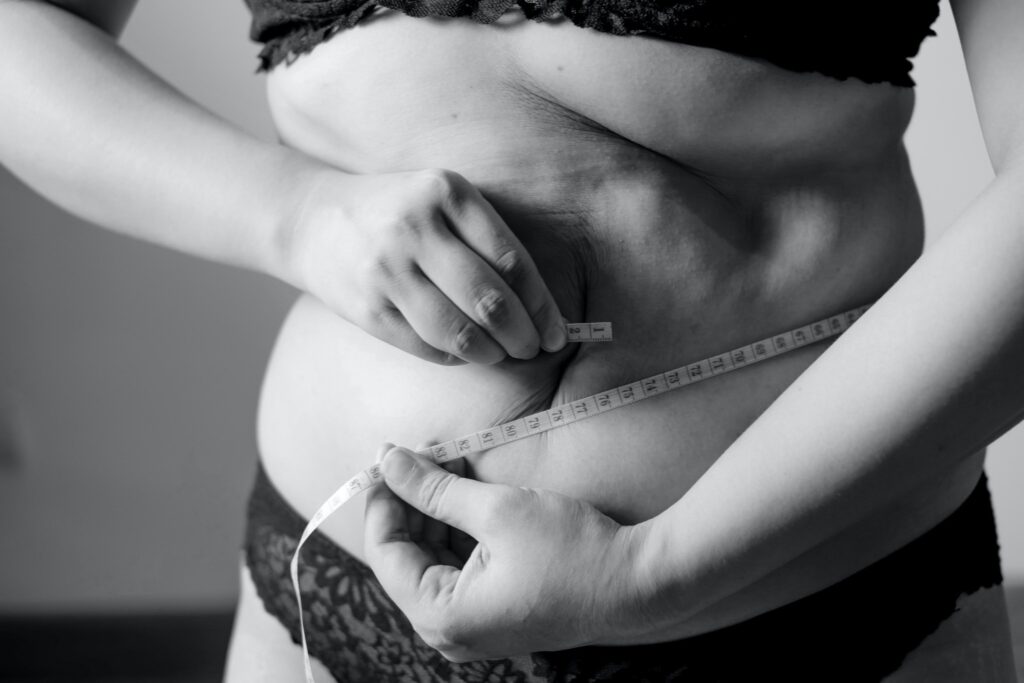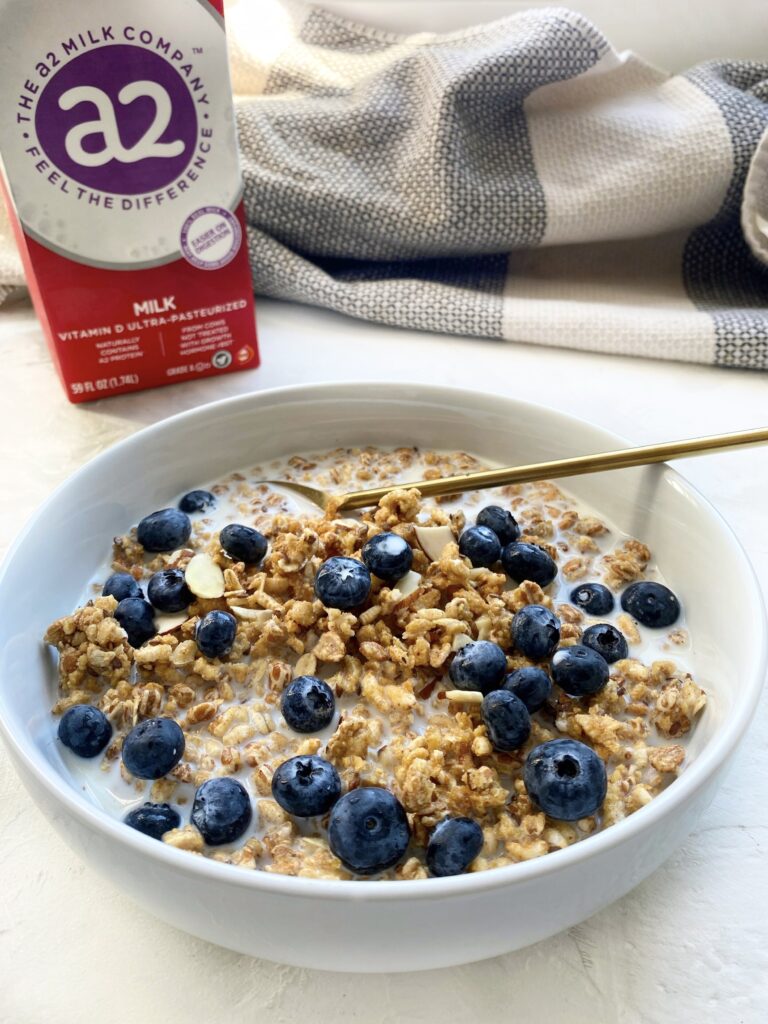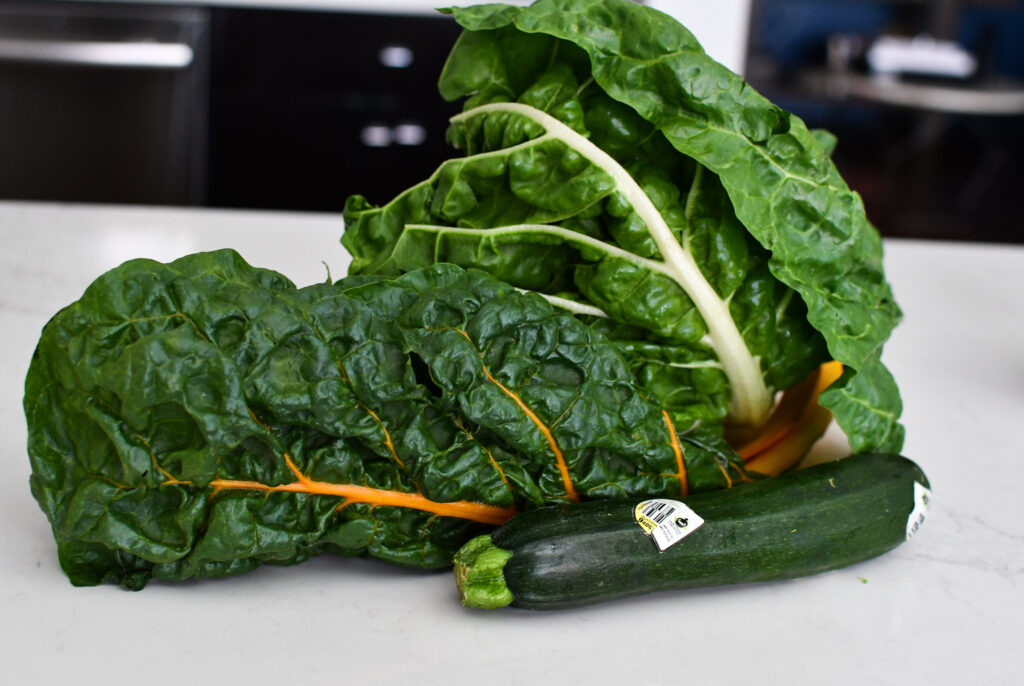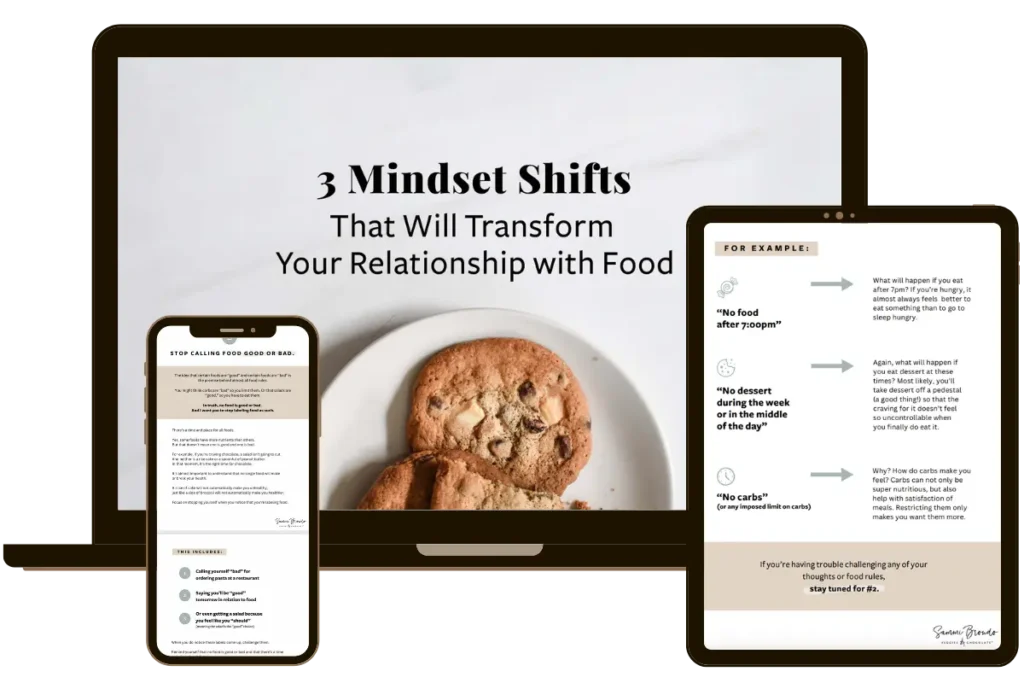
The other week I shared a blog post about how to recognize your hunger. Because, let’s be real, it’s not always easy to figure out. But the thing is, it’s also not as black and white as being hungry or not. There are different types of hunger, too.
Despite how confusing this may sound, understanding these can actually help make your eating experiences a lot more simple.
Determining when you’re actually hungry or not is an amazing start to listening to your body. But, at the same time, I’m sure you also know that there’s more to eating than just being hungry or not.
You don’t always have to eat exactly when you’re hungry and not eat when you’re full.
Life (and food!) is more nuanced than that and it’s not that black and white.
Sometimes, you might be at a social event or party where you want to enjoy food with your friends.
Or, maybe you’re on vacation and want to get a special pastry they’re famous for before you leave, even though you’re not totally hungry for a pastry.
You might just need to eat before a meeting when you know you won’t get a chance to eat for a while.
In each of these situations, though you might not feel physically hungry, you still – of course – can eat. These situations involve different types of hunger. Let’s walk through them.
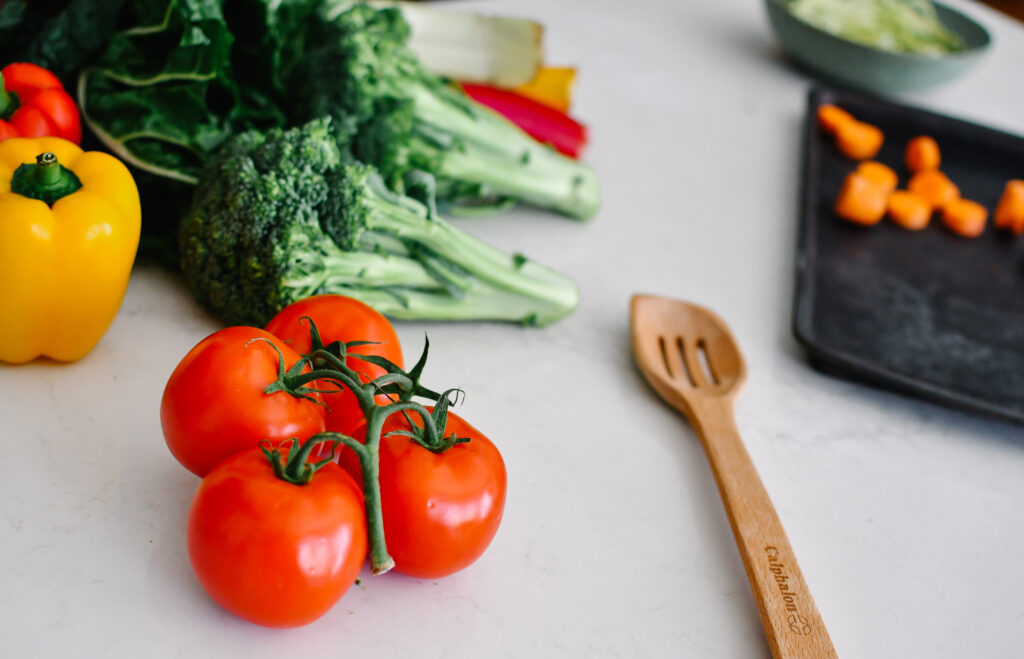
The 4 types of hunger
Physical hunger:
Physical hunger, like it sounds, is a need for food in the stomach and for the energy that food provides. It can manifest as a growling stomach, an empty feeling stomach, or even less physical symptoms, like thinking about food or feeling “hangry” (read more about the ways to identify physical hunger here).
Although years of dieting can make it more difficult to discern physical hunger, the more you listen to your body’s cues, the easier it will be to notice. And physical hunger is relatively easy to appease too – when you feel it, eat! You’ll start to feel less hungry almost immediately.

Practical hunger:
This type of hunger is, like it sounds, more out of practicality. It involves a bit of forward thinking and planning to eat when makes sense or when works for you. Like in the example I mentioned above, practical hunger might be a situation where you eat a snack ahead of a meeting that’ll last a few hours where you know you won’t be able to eat.
Practical hunger can also include something like eating during your designated lunch break, even though that may not be when you’re exactly hungry for lunch. The important thing about practical hunger is that it allows you to be flexible and go with the flow. Instead of eating when you’re exactly physically hungry every single time, you zoom out to look at your day and make your meals and snacks work in the best way you can.
Emotional hunger:
Emotional hunger is often referred to as emotional eating. But, here’s the thing, while we often think of emotional eating as “bad” or something we need to control, there’s truly nothing wrong with emotional hunger.
This type of hunger goes hand in hand with an emotion. It often comes on strong and intensely. Although you may not be physically hungry, food might provide comfort for a number of emotions in that moment.
I usually remind my clients that emotional eating is okay. The important things with eating out of emotional hunger are to 1) recognize the emotion, 2) come up with other coping mechanisms, and 3) not get mad at yourself for doing it. Guilt can be a viscous cycle. Instead, recognize what emotion is coming up, allow yourself some comfort from food, and then practice other tools in your toolbox to deal with that emotion, too.
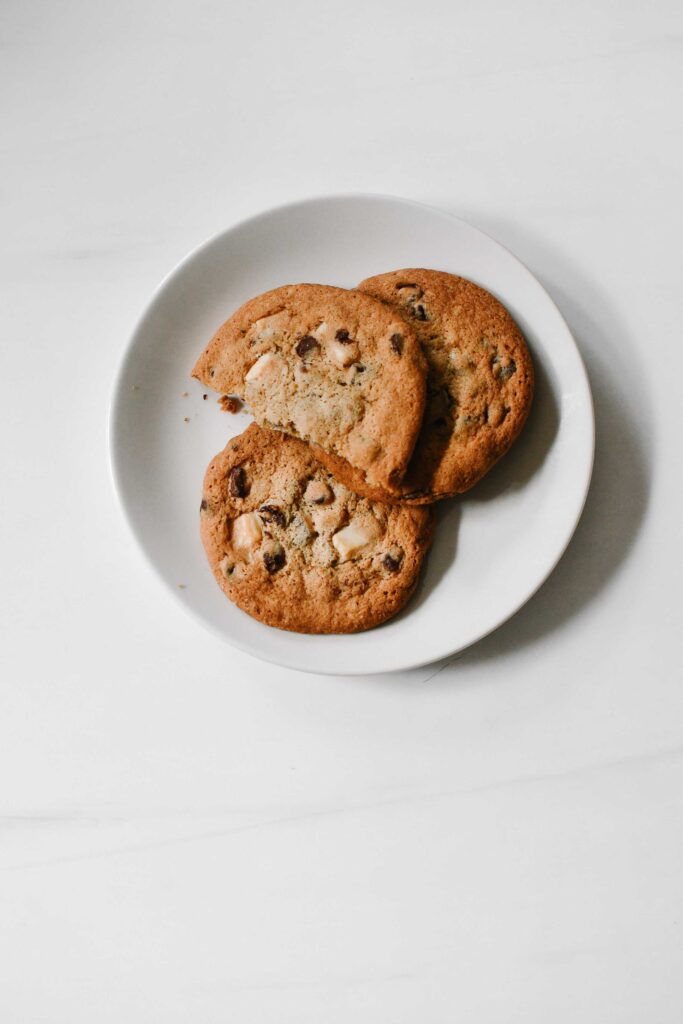
Taste hunger:
Lastly, taste hunger, like it sounds, is when something just sounds good. It’s when you might not be physically hungry, but are in the mood for a specific food or taste. Like in the example above, maybe you’re on vacation and pass a famous bakery that sounds amazing. Maybe your friends decide to go for ice cream and you realize that ice cream sounds really good.
It’s okay to eat something because it sounds good! Actually, more than okay. Again, while it’s great to eat when you’re physically hungry, it’s also completely unrealistic (and unenjoyable) to skip out on food that sounds good just because you aren’t totally hungry. Make sure to honor your taste hunger, too.
The important nuance here is this: you cannot, will not and should not eat only when you’re exactly physically hungry and stop eating when you’re perfectly full.
Knowing what physical hunger and fullness feel like are really important tools.
But beyond that, it’s also important to recognize different types of hunger and be able to go with the flow and honor them.
As ironic as it sounds, eating only when you’re physically hungry turns intuitive eating into a black and white “hunger and fullness diet.” Instead, practice finding life in the gray.
Allow food to comfort you occasionally. Allow food to taste good! And let yourself eat out of practicality. All of these things help turn food into an easygoing, enjoyable and nourishing experience and let you live much more freely with how you approach it.
Want more tips on creating an easy, sustainable healthy relationship with food? Check out my membership program, All Foods Fit, with 12 thorough lessons to teach easy ways to create a healthy relationship with food. Or, check out my e-book, 7 Days to Make All Foods Fit, to learn a step by step guide to create a healthier relationship with food in just 7 days.

